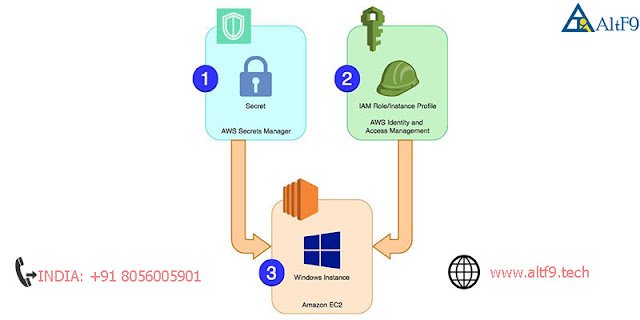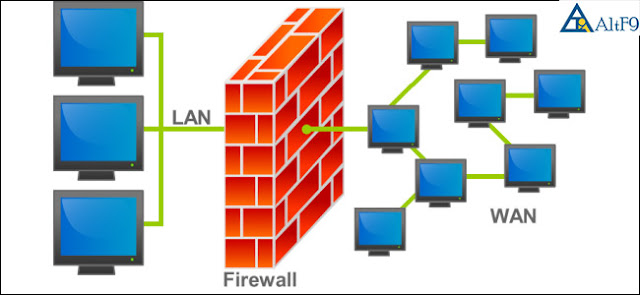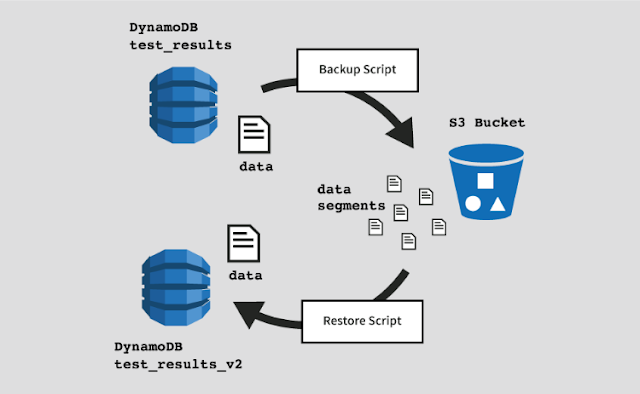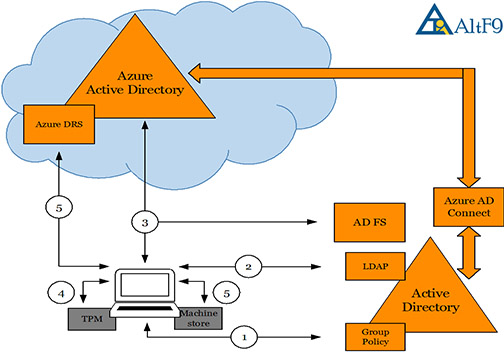Common AWS security Threats and How to mitigate them
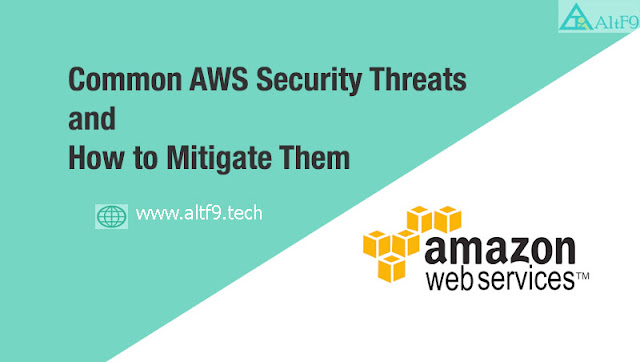
Common AWS security Threats and How to mitigate them AWS security best practices are crucial in age once AWS dominates the cloud computing market. though moving workloads to the cloud will create them easier to deploy and manage, you’ll shoot yourself within the foot if you don’t secure cloud workloads well. Toward that end, this article outlines common AWS configuration mistakes that might cause security vulnerabilities, then discusses strategies for addressing them. IAM Access The biggest threat that any AWS client can face is user access management, that in AWS-speak is thought as Identity and Access Management (IAM). after you sign up for a spick-and-span AWS account, you're taken through steps that may alter you to grant privileged access to folks in your company. once the incorrect access management is given to someone that basically doesn’t need it, things will go really downhill. this is often what happened with GitLab, once their production database was partly




